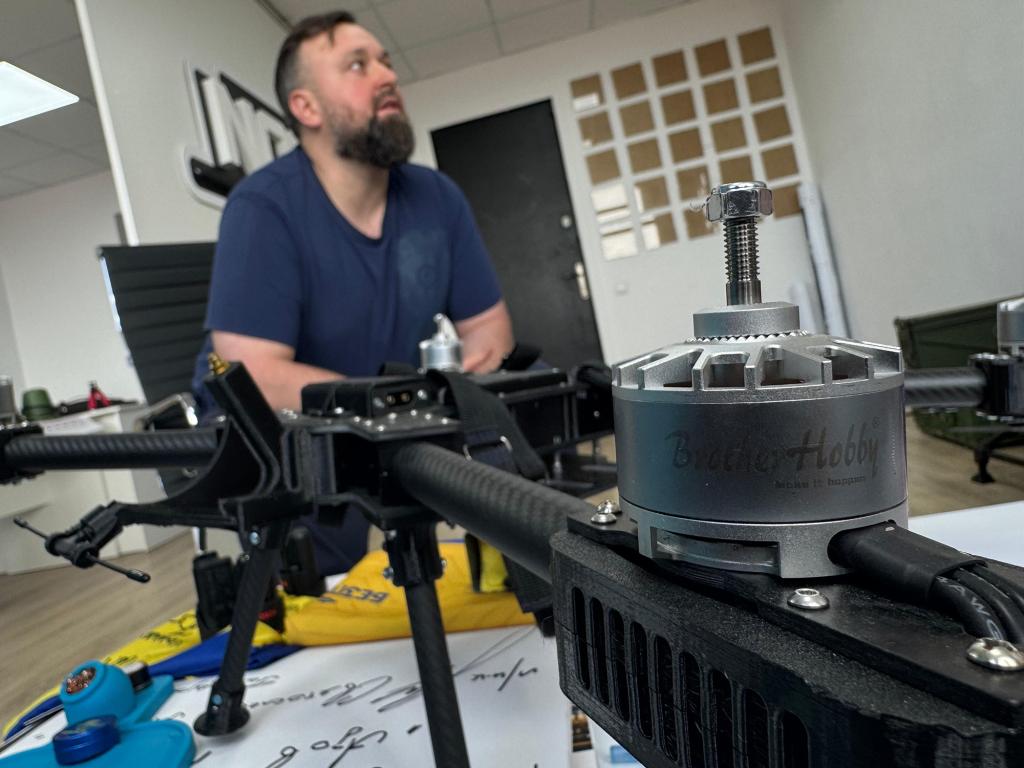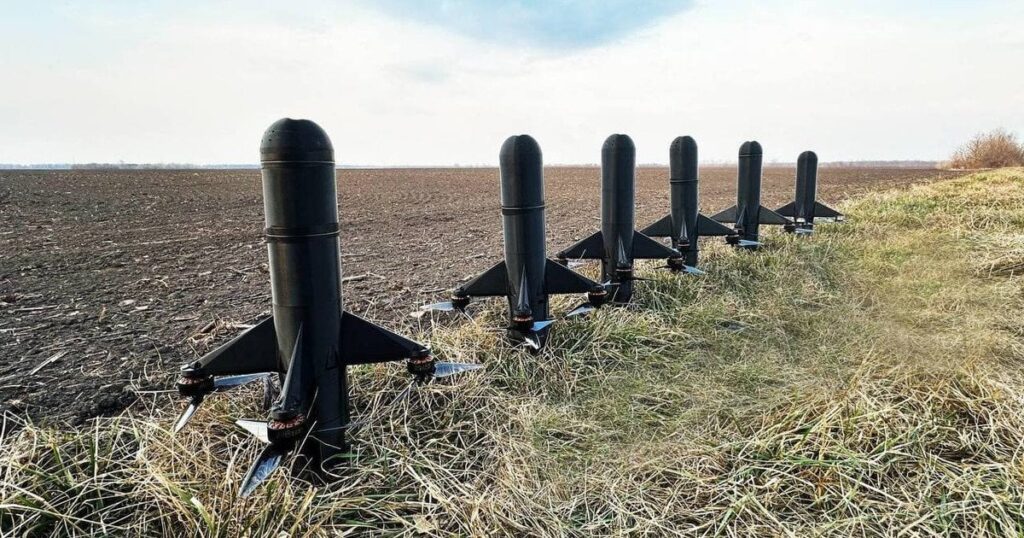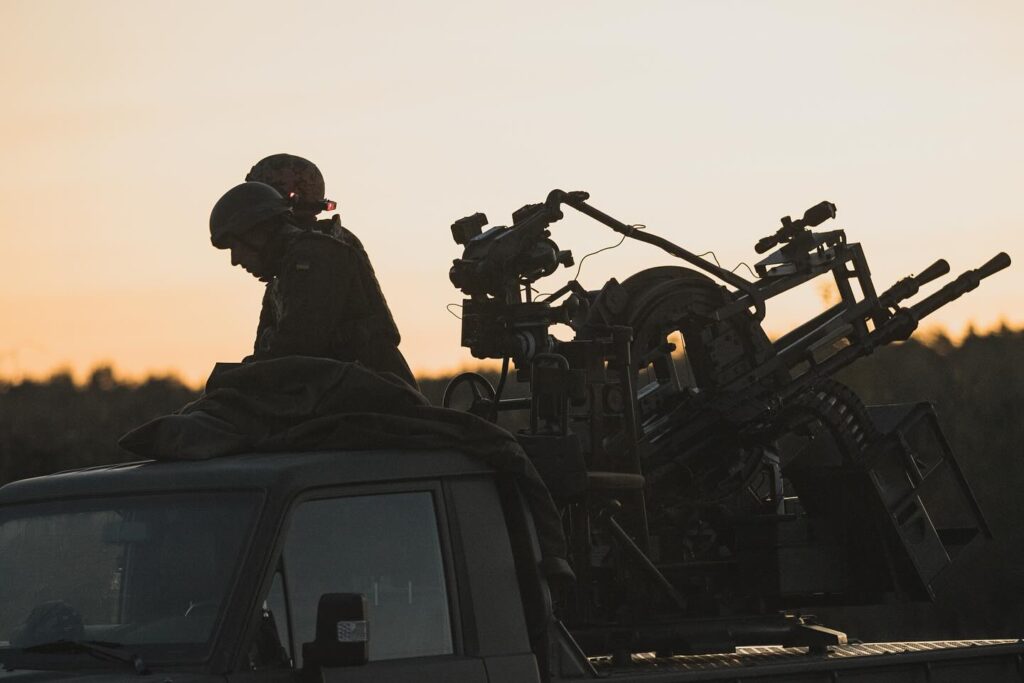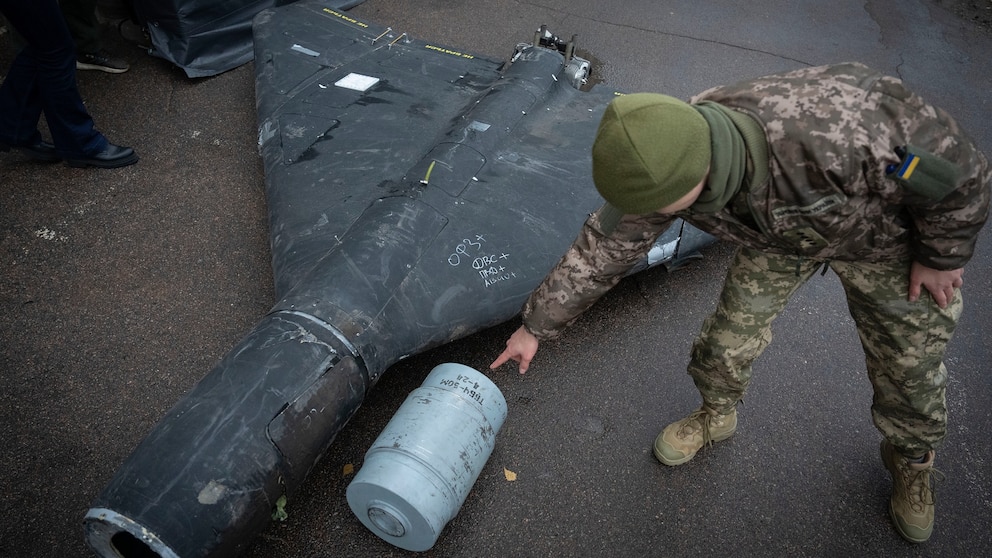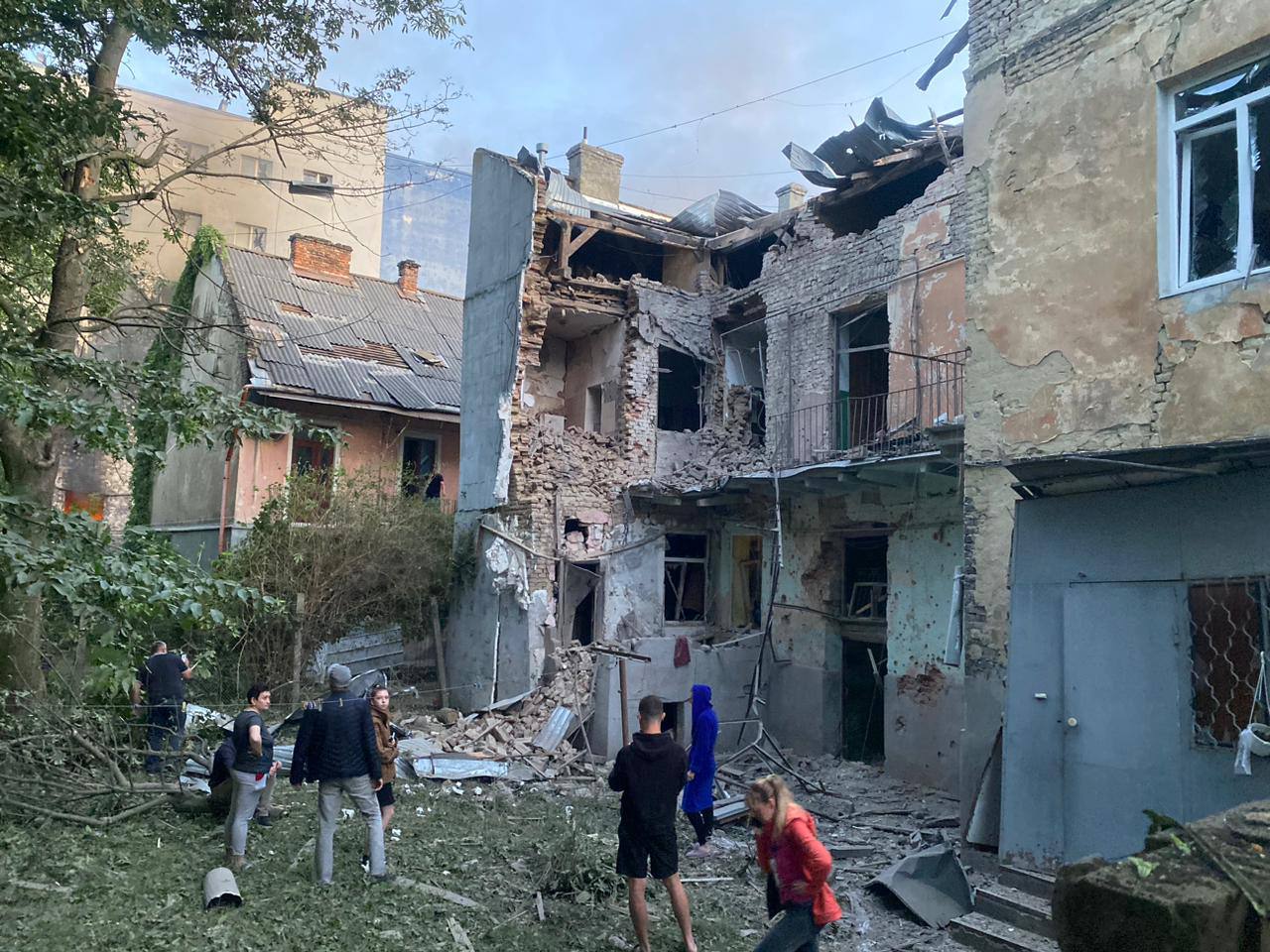FT: 33,000 AI strike kits will help Ukraine target Russia’s drones – Pentagon is paying
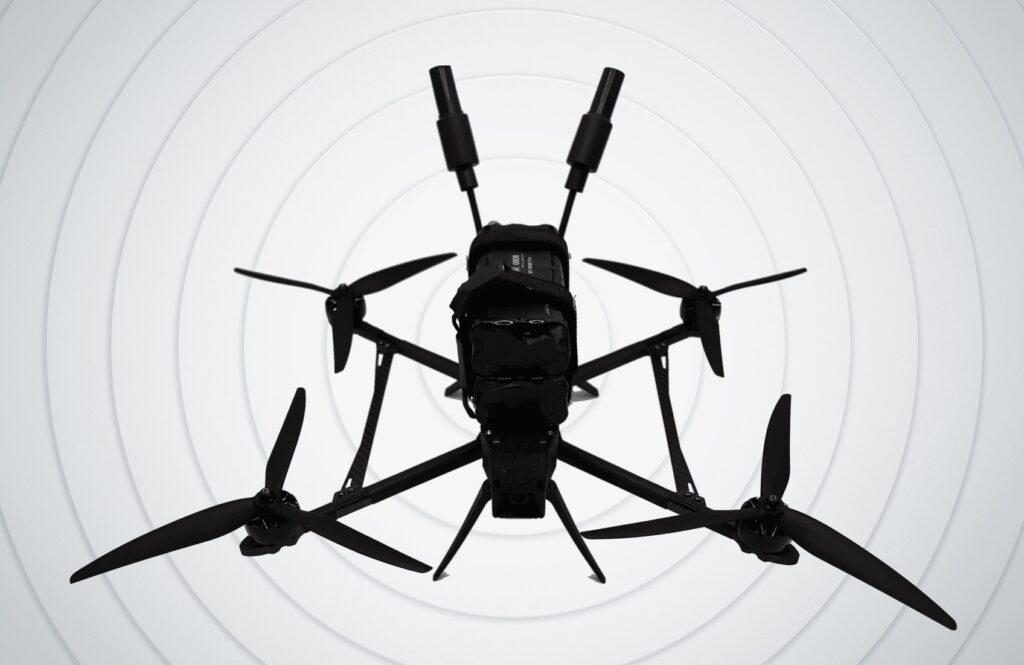
US-German software company Auterion will send 33,000 AI-powered drone “strike kits” to Ukraine before the end of the year under a new Pentagon contract, the Financial Times reports.
The announcement comes as peace talks remain stalled and Russia steps up its aerial campaign, modernizing its Shahed drones to cause as much damage as possible and scaling up their production. Ukraine has been scrambling to find an answer as these massed swarms increasingly breach air defences.
Auterion’s Chief executive Lorenz Meier said the new commitment was “10 times in scale” compared to previous deliveries:
“So we’ve shipped thousands and we’re now shipping tens of thousands,” Meier told the FT, describing the expansion as “unprecedented.”
How the Skynode “strike kits” work
Auterion’s Skynode miniature computers — which come with a camera and radio — can transform manually controlled drones into “AI-powered weapons systems” that cannot be jammed.
These systems can track a moving target from as far as 1km, according to Meier.
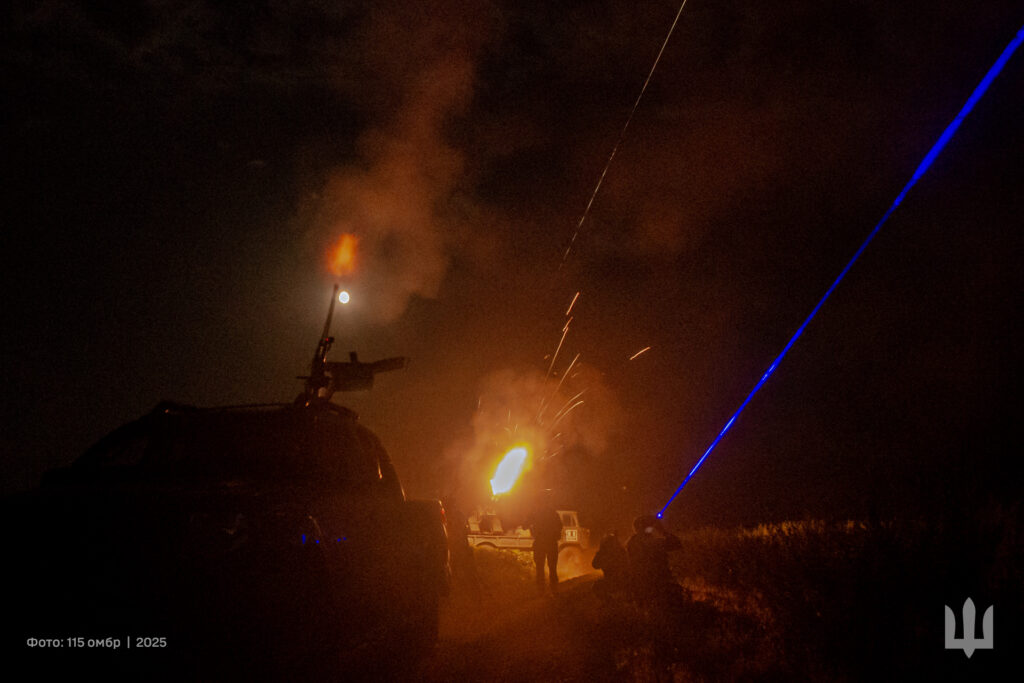
Part of Pentagon security assistance
The new $50 million contract with the Pentagon is part of US security assistance to Ukraine, Meier said.
It is not part of a separate “mega-deal” that Ukrainian President Volodymyr Zelenskyy said he is discussing with US President Donald Trump.
Meier highlighted Auterion’s co-operation with Ukrainian drone production:
“It’s basically acknowledging that the battle-hardening that has happened in Ukraine of drone products is relevant. That it’s a way to support Ukraine, but it’s also technology that … NATO countries want to get their hands on.”
Escalating Russian drone strikes
Russia’s air campaign has intensified in recent weeks, with Ukrainian officials reporting that swarm attacks now breach defenses more often. Strikes are hitting targets at roughly three times the usual rate.
Zelenskyy said that Ukrainian companies producing interceptor drones are struggling to expand production:
“So far, they have only manufactured individual units, and they lack the money for this,” adding that the total cost of scaling up domestic drone production stands at $6 billion.
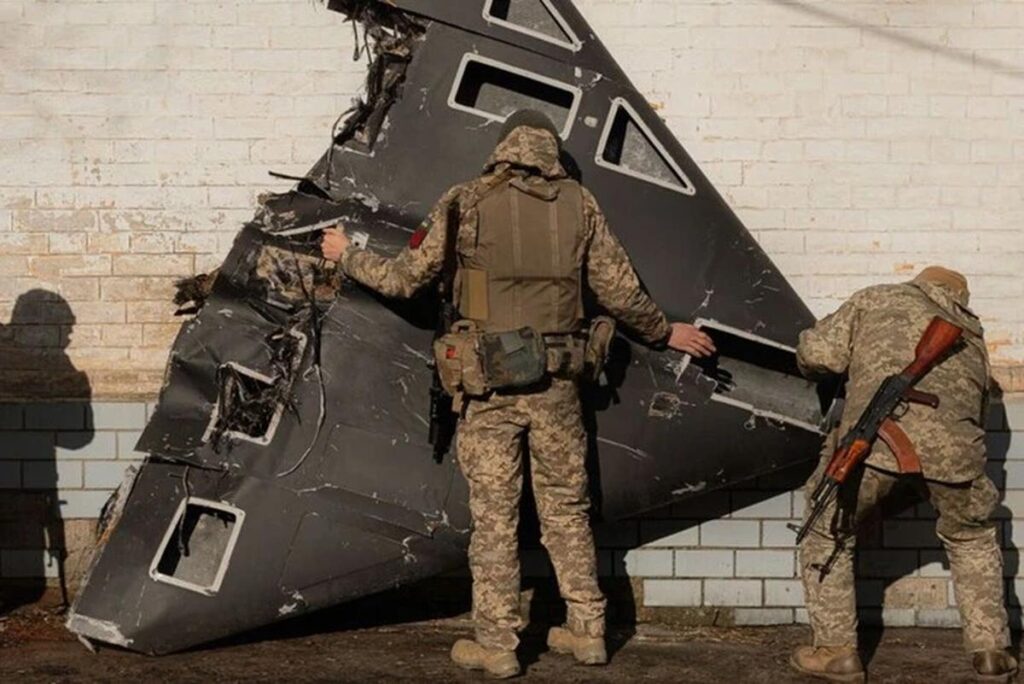
Future of AI-driven warfare
Auterion, which has offices in Virginia and Munich, sees Ukraine as a testing ground for next-generation drone technology.
“What we are providing is leapfrogging what’s on the battlefield right now, which is to go to AI-based targeting and swarming,” Meier said, adding that humans would always select the targets.


